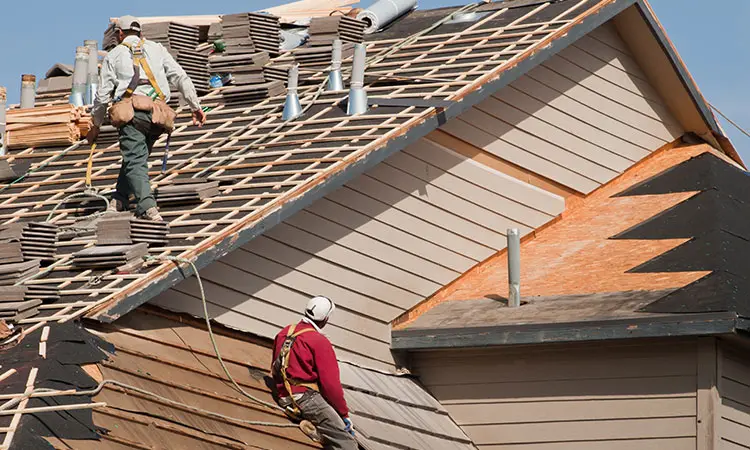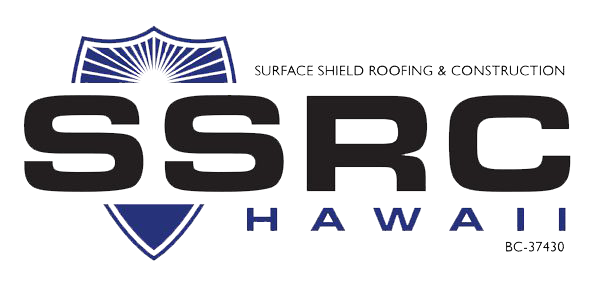Roof Repair Oahu: Quick and Affordable Roof Takes Care Of Near You
Roof Repair Oahu: Quick and Affordable Roof Takes Care Of Near You
Blog Article
Understanding the Different Kinds Of Roofings: A Comprehensive Guide for Homeowners
In the realm of homeownership, selecting the ideal roof style is a decision that lugs considerable ramifications for both performance and visual appeal. With a selection of options-- varying from the typical gable to the modern flat-- each kind offers one-of-a-kind advantages and challenges that must straighten with the homeowner's environmental considerations and particular requirements. Recognizing these differences not just aids in making an educated option but likewise influences long-term upkeep and power effectiveness. As we explore the complexities of various roofing system kinds, it becomes evident that one dimension does not fit all; the right option may surprise you.
Gable Roof Coverings
Saddleback roofs, characterized by their triangular form, are amongst one of the most preferred roofing designs due to their simpleness and effectiveness in losing water and snow. This style includes 2 sloping sides that satisfy at a ridge, enabling effective water drainage and reducing the danger of water buildup. The steep pitch generally associated with saddleback roofs boosts their capability to manage heavy precipitation, making them ideal for different climates.
In enhancement to their functional advantages, saddleback roofs supply visual adaptability. They can be adjusted to various architectural designs, from traditional to modern-day homes. The design can likewise fit added attributes such as dormer windows, which improve natural light and ventilation in the attic room.
Furthermore, gable roofings give sufficient area for insulation, adding to power efficiency. House owners can select from a range of roof products, consisting of asphalt roof shingles, steel, and ceramic tiles, further boosting modification alternatives.
Regardless of their advantages, saddleback roofs may need extra support in locations susceptible to high winds or hefty snowfall. Overall, the gable roofing system remains a popular choice as a result of its mix of capability, durability, and visual charm.
Flat Roofs
Flat roof coverings are often identified for their minimalist design and sensible applications, particularly in commercial and business settings (oahu roofing). These roofing systems feature a almost horizontal or horizontal surface area, which enables simple building and flexible room usage. While they may lack the visual allure of pitched roof coverings, level roof coverings use numerous benefits, particularly in urban atmospheres where optimizing space is crucial
Among the main advantages of level roofs is their access. House owners can utilize the roof covering area for numerous objectives, such as roof gardens, balconies, or solar panel installments. Furthermore, level roofings are commonly much more cost-effective to preserve and install compared to their sloped equivalents, as they require fewer materials and labor.
Nonetheless, flat roofings do existing certain obstacles. Proper water drainage is important to prevent water pooling, which can bring about leakages and structural damage. Hence, selecting high-quality waterproofing materials and normal inspections are critical for making certain durability. Common products made use of for flat roof coverings consist of built-up roofing (BUR), changed bitumen, and single-ply membranes, each offering unique advantages. Generally, flat roofings offer as a functional and adaptable selection for many property owners and services alike.
Hip Roofing Systems
Hip roofings are identified by their sloped sides that converge at the top, creating a ridge. This style is distinct from saddleback roofs, as all 4 sides of a hip roof covering slope downwards towards the walls, providing an extra secure structure. The angle of the slopes can differ, permitting flexibility in architectural looks and performance.
One of the primary advantages of hip roof coverings is their capacity to endure heavy winds and damaging climate problems. The sloped surfaces enable far better water drainage, decreasing the threat of leakages and water damages. Furthermore, hip roofing systems offer increased attic room area, which can be made use of for storage space and even exchanged habitable areas.
Nonetheless, constructing a hip roofing can be a lot more intricate and expensive than less complex roof covering types, such as gable roof coverings. The extra product and labor associated with developing the inclines and guaranteeing correct structural honesty can result in higher costs. Despite these disadvantages, several property owners prefer hip roof coverings for their toughness, aesthetic charm, and possibility for energy effectiveness.
Mansard Roofs
Mansard roofing systems, usually acknowledged by their distinct four-sided style, attribute two slopes on each side, with the lower incline being steeper than the upper. This building design, stemming from France in the 17th century, is not only cosmetically attractive yet functional, as it maximizes the functional area in the upper floorings of a building. The high reduced slope permits even more headroom, making it a suitable choice for attics or loft spaces, which can be converted right into living rooms.
Mansard roofs are characterized by their adaptability, suiting numerous building designs, from typical to modern. They can be constructed with various products, including asphalt shingles, slate, or metal, providing property owners with a variety of alternatives to match their budget plans and preferences. Furthermore, the style enables the integration of dormer windows, boosting natural light and air flow in the upper levels.
However, it is vital to think about the potential drawbacks. Mansard roofs might need more upkeep as a result of the intricacy of their design, and their steep inclines can be testing for snow and rain drainage. Generally, mansard roofs combine style with practicality, making them a preferred choice amongst home owners looking for distinct building features.
Shed Roof Coverings
As property owners significantly seek simplicity and functionality in their building designs, shed roofs have become a prominent choice. Characterized by a solitary sloping aircraft, a shed roofing system presents a minimalist aesthetic that enhances different home designs, from modern to rustic.
Among the primary benefits of a shed roofing is its straightforward building and construction, which usually converts to reduce labor and material costs. This style permits effective water drain, decreasing the danger of leakages and water damage. Furthermore, the vertical slope offers enough room for skylights, boosting all-natural light within the interior.
Lost roofs likewise supply flexibility in regards to usage. They can be efficiently integrated right into additions, garages, or outside structures like pavilions and sheds. In addition, this roof style can suit different roof Bonuses covering products, including look at here now steel, asphalt shingles, or perhaps environment-friendly roof coverings, lining up with green initiatives.
However, it is necessary to consider local climate problems, as hefty snow tons might require changes to the roof covering's angle or structure. On the whole, dropped roofs present a functional and visually pleasing choice for homeowners seeking to make the most of performance without jeopardizing design.
Conclusion


Gable roofing systems, characterized by their triangular form, are among the most popular roof styles due to their simplicity and effectiveness in losing water and snow. oahu roofing. The steep pitch frequently associated with gable roofing systems boosts their capacity to deal with heavy rainfall, making them suitable for numerous environments
While they might lack the aesthetic appeal of pitched roofs, level roofings provide various advantages, specifically in urban environments where making best use of area is essential.

Report this page